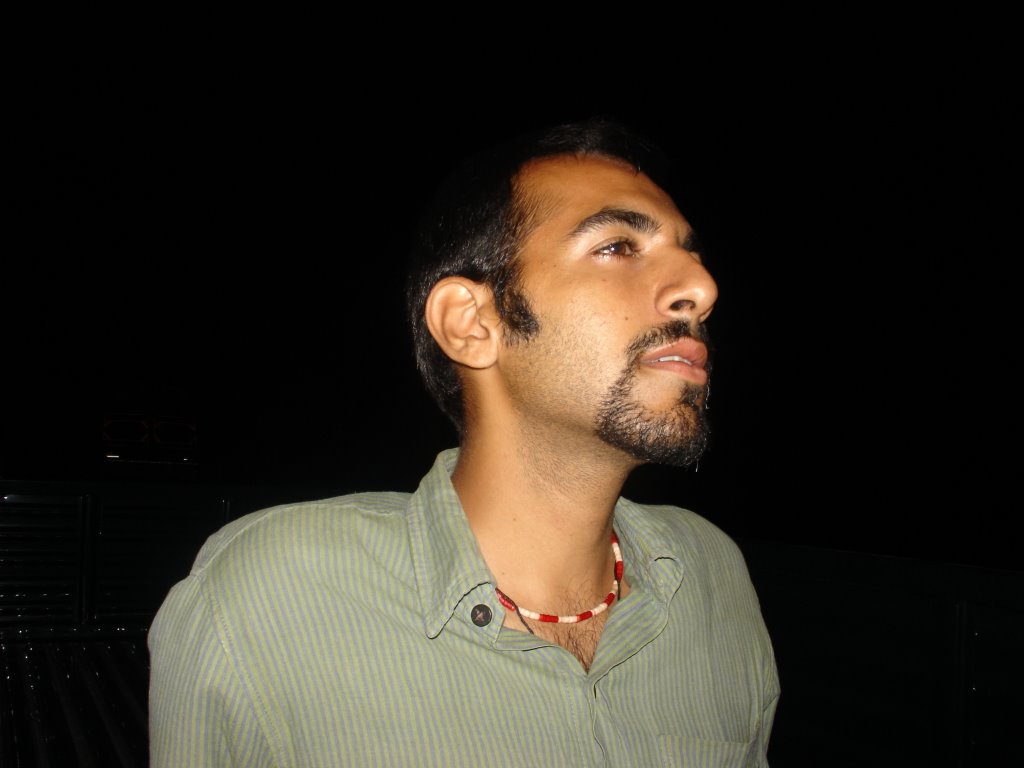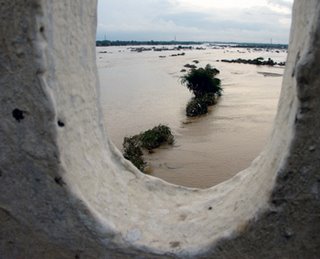Tuesday, June 24, 2008
Thursday, May 8, 2008
Monday, January 21, 2008
Thursday, September 20, 2007
We give the voice…but what of the opinion???
Creating change is possibly the easiest task one can be assigned. Change is a constant process and one really has to do nothing to create it. The only thing that one can do is to intervene and catalyze the process. This catalysis can be to slow down a rapid movement towards what is considered to be socially detrimental to a section of the society or a part of it. Intervention can also be based to initiate or speed up processes that could prove to be positive for the society. The problem of choice in the negotiation between what way to chose, and where to intervene is a question that has boggled the minds of various sociologists, philosophers, economists, policy makers, oranthologists, micro-creditologists, etc. etc. etc.
A major component during the creation of a sustainable Community owned Media is that of screening the content it generates back to the community. While this is not at all difficult to execute and costs less than Rs. 5 per person, if implemented for large numbers, the second level of challenge is to create sustained interest. What is it that a community should make? Is Community Media directly associated with Activism? Or is it to cater to the softer needs of the community? Can it be politically incorrect?
It is the content that defines whether the community owns the alternate media or not. There are lobbies, especially in cases where Video or Radio has been used by NGO’s who believe that the work that they do is representative of the community. But do NGO’s understand the concept of objectivity? Are they void of any kind of favoritism? Is their perspective the real perspective of the community or is it seen from an idealist point of view?
Unfortunately, most marginalized communities are neither educated nor have the ability to articulate beyond their immediate discontent or disillusionment of the existing structure. They have never voiced an opinion. No one has ever asked for it. With Community Media, there is an apparent fear that in absence of an informed opinion would the communities become mouthpieces of private social enterprises. Thus, the implementation of an editorial process in Community Media is essential. Representation and mobilization of the community to participate in the development of this voice is the backbone of any community media. The Community Media practitioners should remember that it is not what they think is right is important. Instead, it is necessary that the formation of the alternate media process develop a common social consciousness that is articulated via the creation
Wednesday, September 19, 2007
Sahar Ki Masjid
Noor Mohammad Rathod
Noor was 17 when Halol was witnesss to the merciless riots after the Godhra Incident. It forced him to leave education at 10th Standard and start working as an insuarance agent. He has been with the Community Video Unit for the past one year. He says that his wish to work in the Media has been fulfilled. He now tries to enggage with his community and spreads information through his films. He also talks to the officials around his area with confidence and challenges the communal forces.
Tuesday, September 18, 2007
Video Activism in Halol
Our core activity is establishing sustainable Community Video Units (CVUs) in partnership with leading NGO’s. Each Community Video Unit (CVU) comprises up to 10 community members, primarily women, who produce one "Video News Magazine" each month that is shown back to communities using wide-screen projectors or local cable networks. In 2006, six CVU’s were launched in India. Collectively, these CVU’s have produced more than 50 video’s in their first year alone, on issues of social justice, development and human rights, that will be seen by thousands of people in their communities, providing a local, national and global platform for voice.
One of the units has been set up in Panchmahal’s, a visually stunning and communally volatile District of Gujarat. Situated, in the picturesque city of Halol, on the foot of Pavagarh Hills, the place breathes an air of unique freshness mixed with a strange sense of tension.

Perhaps the biggest scar on the face of India’s secular democracy, more than 1000 people, mostly Muslims, died in the violence. Many sources claim that this violence was state sponsored and targeted on Muslims, with the support of right-winged extremist Sangh Parivar, who misled innocent youth to unleash terror on their own brothers and sisters, in the name of religion. Panchmahals was the most riot-affected district of the state where every young man had perpeterated, or been a victim of, violence.








